Intense Mexico: Politics, Identity, Sex and Death
Famous Mexican art from the collection of the Museo de Arte Moderno (MAM), Mexico City
With Intense Mexico the Cobra Museum of Modern Art presents an exuberant exhibition, bringing 46 works of art from the collection of the Museo de Arte Moderno in Mexico City to the Netherlands for the first time. A considerable number of these belong to the national heritage of this large, colourful and diverse country, which is just as large as Western Europe. The works were selected by Sylvia Navarrete Bouzard, until recently the director of the Museo de Arte Moderno in Mexico City.
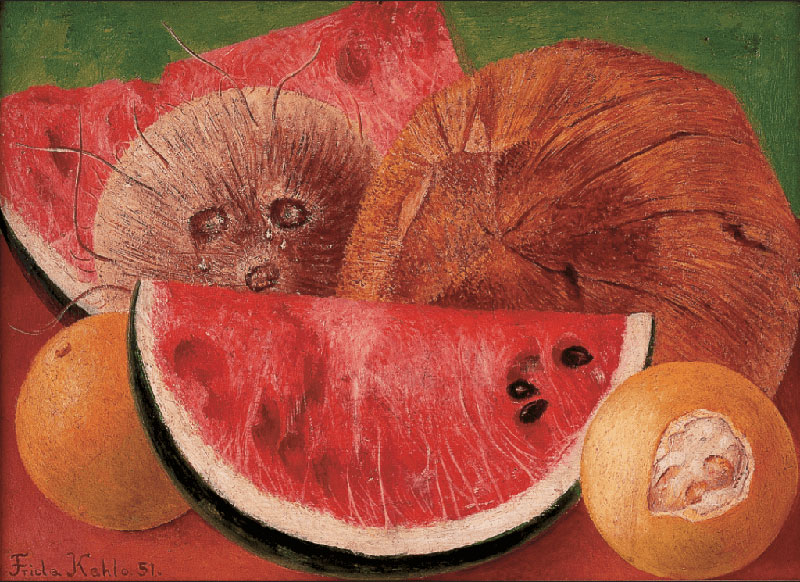
Intens Mexico is an exhibition with a wide-ranging visual language and symbolism. We are introduced to a variety of symbolic, sometimes even caricatural figures portrayed in an open-minded, expressive style and see passionate and vital art, partly rooted in ancient traditions. Some of the works show a satirical take on nationalism or a critical view on the mixing of identities. Some of Mexico’s most famous artists are represented in this exhibition, such as Tina Modotti (1896-1942), José Clemente Orozco (1883-1949), Diego Rivera (1886-1956) and David Alfaro Siqueiros (1896-1974). Frida Kahlo’s Los Cocos from 1951 is also exhibited here. This is an illustrative example of the still lives that Kahlo painted in the last phase of her life, in which you can see how she projected her pain and emotions onto fruits and crying coconuts.
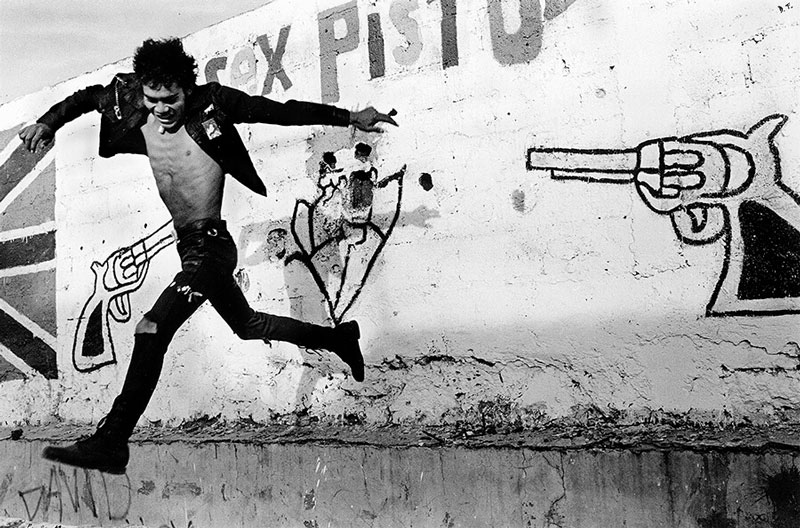
Politics
The earliest works in the exhibition date from around 1910, which is also the starting date of the Mexican revolution, which ended in 1917. This was an extremely bloody (and later often romanticised) revolution, resulting from an armed conflict between the dictator Porfirio Díaz on the one hand and movements that stood up for the ‘ordinary people’ on the other. Well-known representatives of these movements are people such as Emiliano Zapata and Francisco ‘Pancho’ Villa. The Zapatista Army of National Liberation still is an important voice within Mexico and even in the intellectual debate beyond. It is furthermore a popular subject for contemporary artists.
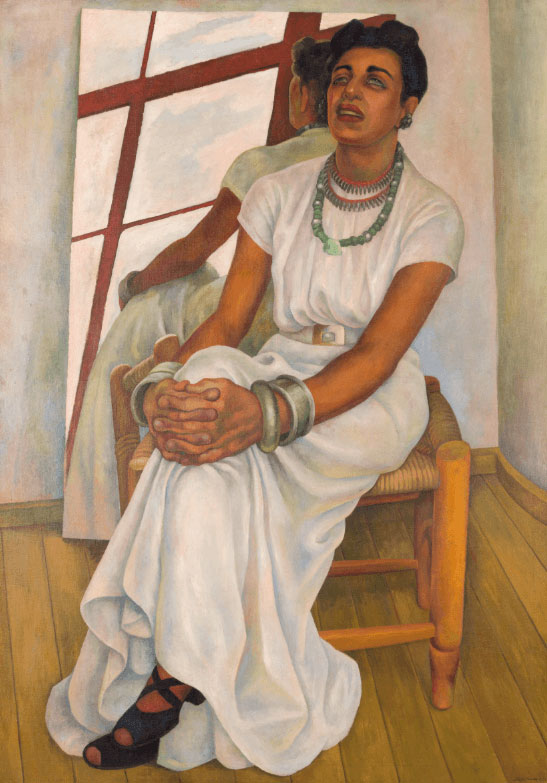
Identity
Mexicans prefer to express their individual and national identity in a sensual way and with a hint of over-exaggeration. In relation to the national identity of Mexico, it is important to mention the arrival of the Spanish conquistadors in 1521. Because the (visual) culture and the myths from before that time are an important source of inspiration for many modern artists. The same is true of the period that followed, during which cultures and identities were mixed. Moreover, the original religions were mixed with the traditions of the Roman Catholic church. This religious synchretism often manifests as clandestine rituals and black magic harnessed within Roman Catholic liturgy in the big cities. Portraiture is an excellent means of expressing identity. It is striking to see how in these portraits the artists tried to organically fuse individual people with their descent, native soil and cosmic energy. Having Cuca Bustamante wear traditional clothing in Retrato de Cuca Bustamante, 1946, painted by Diego Rivera, is a prosaic example of this.
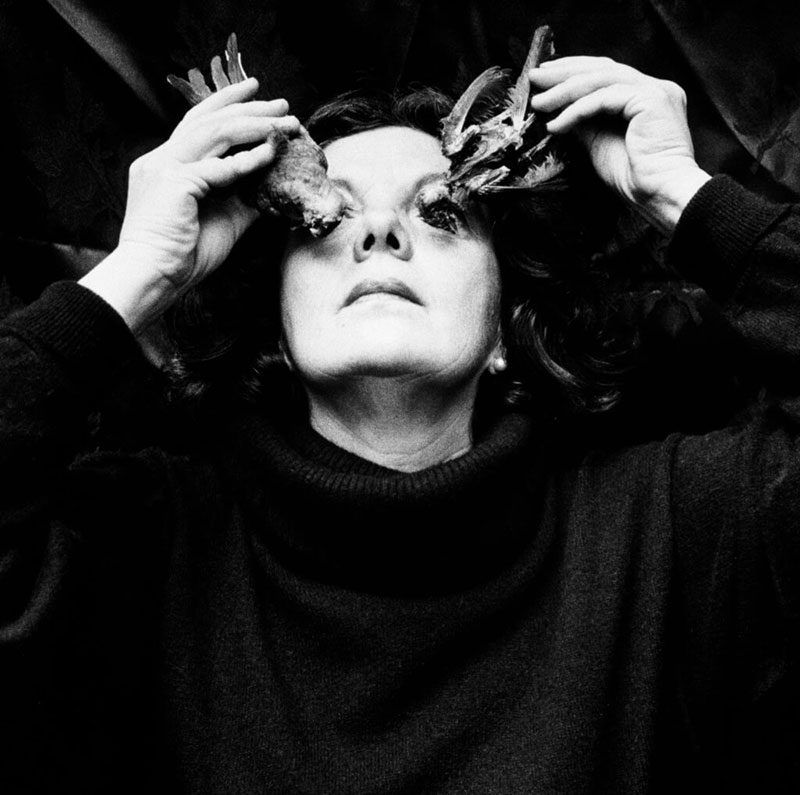
Sex
Originally, Mexican culture was tolerant towards sexual diversity. In some parts of the country, especially Juchitán in the remote southern state of Oaxaca, the tolerant attitude and traditions, such as the matriarchy and secret religious rituals, still exist. Between 1979 and 1988, photographer Graciela Iturbide made an impressive series of photographs there, some of which are included in the exhibition, such as Magnolia, 1986. However, machismo, including the related mistreatment of women, feminicide and homophobia remain a problem in most of the country.
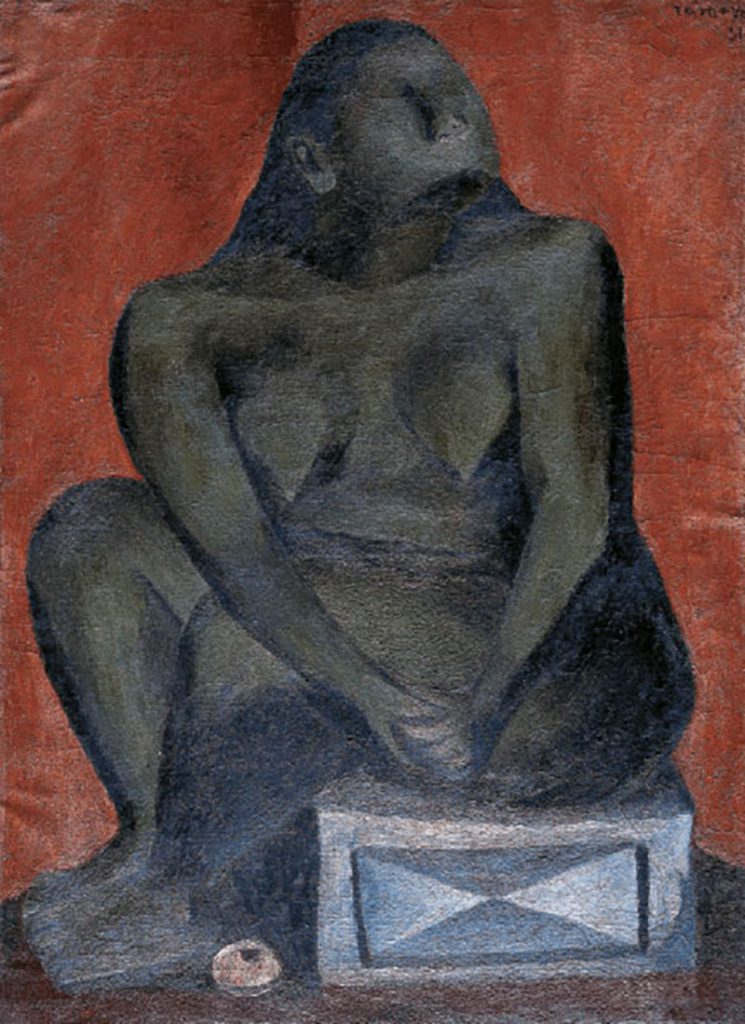
Death
Mexicans are obsessed by death and fascinated by hell. Hell, especially, is a place where all kinds of primitive urges and instinctive violence can be expressed. This is partly a result of surrealism, which has been very influential in Mexico. This was because in the 1930s and early 1940s, many surrealists fled to Mexico during Franco’s dictatorship in Spain and the occupation of Europe by the Nazis. Antonin Artaud, Luis Buñuel, Leonora Carrington, Benjamin Péret and Remedios Varo, among others, all lived in Mexico or visited the country. The French writer André Breton, who laid the theoretical foundations for surrealism, visited Mexico in 1938, after which he called this an eminently surrealistic country. Mexican interest in the subconscious also stems from the ancient traditions, beliefs and ceremonies that are still part of everyday life and often also connected with death. The traditional repertoire of dreamscapes and supernatural images is the legacy of animistic religions that the Spanish colonisation and the Catholic Church have never been able to completely suppress. Here, you can see how, nearly five centuries later, this was enriched with hybrid, zoomorphic and anthropomorphic figures and creatures attributed with human characteristics. Artists have attempted to capture both Mexico’s spiritual and primitive nature: the promise of an existing paradise or of a future Mexican one still to come.

